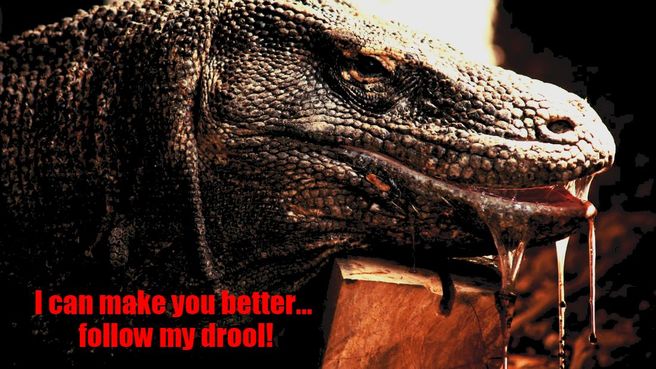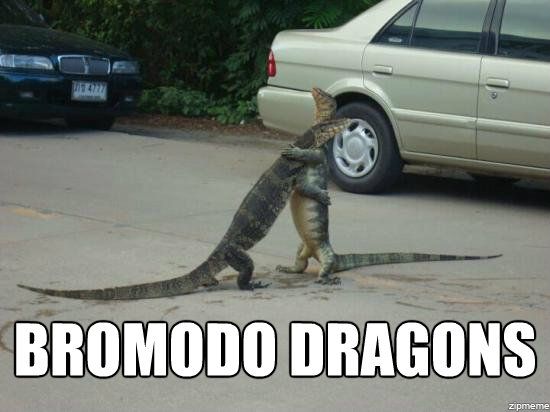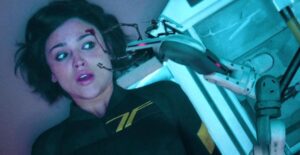How the Blood of Dragons Made Me a Better Teacher

Yes, you read that title right…
Throughout our careers as teachers we come across a lot of different challenges. Sometimes those challenges are small and easily manageable while others are huge and difficult to even comprehend. Sometimes the challenges we face break our hearts while others ignite a passion in us even we did not know we had. Regardless of the scale or magnitude, at the end of the day, we need to address those challenges and this is yet another one of those stories!
When I started my adventure into the realm of gamification, I knew that I would be embarking on a journey that would be filled with challenges. So much in the world of “gamification in education” is still emerging, even more so when I first undertook this journey 3 and half years ago, that I mentally prepared myself for the negativity I would inevitably face. Surprisingly enough, I received very little backlash as my students jumped on board immediately and this was soon followed by their parents and my admin. I began to push my students outside of their comfort zones in my classroom, pushing them passed their own perceived, educational boundaries and into a world of education they had not experienced. While it all seemed to be working out well, when it came to evaluating work, I was getting the same ol’ stuff. In short, I was still losing the battle to Google. What do I mean? Even though the work was presented differently, the first approach was almost always, “Google it!” instead of “Think about it!”
Let’s double back here quickly if you are new to my blog or even new to me. I teach grade 8 sciences and I want to help kids connect to the incredible science that exists around them. I want them to realize the world in which they live is full of innovation and inspiration. So back to it …
No matter how engaged they were in the concept, or the subject as a whole, was I ultimately doing anything different if they did not want to think in the end but revert back to what other people have done? Therein lay my next challenge! Could I design work that was more challenging and fostered a deeper level of thinking? I had no choice in my mind, it was a must if I wanted my gamified program to achieve its goals!
So where does the dragon blood come in? Well, while doing a little research, I came across an article that I knew would change the game, pun intended, forever… While doing a little research for an upcoming class, I came across an article titled, “The Blood Of Dragons Could Destroy Antibiotic Resistance”. Of course, based on my medieval themed, gamified classroom, I could not help but read this article! Also it said dragon blood – amaing! As I dove deep into it, light bulbs began to go off in my head and immediately I was on to something.
*Side Note* If you want to check out the article here a link to it –> Dragon Blood
So the article in a nutshell explains how we are in a potential future crisis if we cannot come up with ways to combat the frightening rise of antibiotic resistant bacteria. It further explains, and this is the key part, how scientists noticed how Komodo Dragons, those giant, living breathing dragons, could eat seemingly anything and be fine. It got scientists thinking, and in turn, it got me thinking.
Coming back to science, one of the most fundamental principals of science, is observation. Scientists, researchers and the generally creative, are constantly looking at the world around them for inspiration. They are not looking towards Google or the Internet but are looking at the world around them for ideas. Could I design work based around this fundamental principle? Could I design work that triggered observation and not Googling?
This is where the idea for work, or what I call “questing”, presented in the form of a year long running narrative, was born. Early on, during my initial attempts at gamification in 2015, I was just giving out assignments as individual stories that were not connected. The wording was too simple and not driving a deeper level of thinking and I was quickly noticing this. All of the work I received was too simple, and concerning similar. Simple searches yielded their research methods and experimental steps, one by one. This is where the blood of a dragon made me a better teacher!
Scientists in this story posed a question to themselves that was not easily “Google-able”. They simply asked themselves how can certain animals eat things which are clearly full of bacteria and not get sick? They then took this question and began exploring different animals, ultimately leading them to great scavenger and hunter, the Komodo Dragon. Going deeper, they hypothesized their needed to be something in their blood, or somewhere inside of them, that killed these dangerous, bacteria filled, meats the Komodo Dragon was choosing to eat. Putting it all together they have taken a monumental step forward in their research by observing the world around them.
Back in class, I redesigned my work to reflect their (the scientists) thought process. I re-worded my quests to be presented in two parts. Part 1, the introductory document which set the tone for the scenario. This helped the students get into the proper mindset of the game. It often contained clues buried within that would help them when they received part 2, clues such as location, surroundings and the like. Part 2, contained the actual task they had to complete. The actual task they needed to complete was not entirely obvious all the time, it needed to be pulled out via observation. It left for some interpretation, and that is what I wanted. I wanted students to read the task, piece together the details they discovered via a deeper level of observation and put it all together. Incredibly enough, students started to catch things I did not even notice I had hidden amongst the wording. Work quality and submission rates began to increase and overall, I began to receive work that was finally explored first rather than Googled first. In a truly unexpected twist, student would walk into class asking me if we were “questing today!?” I responded by asking them if they knew they were asking me for more work? Turns out they knew exactly what they were asking for, and were quite excited about it. Edu-win!
So, that is how the blood of a dragon, unexpectedly challenged me to become a better teacher. One who himself became more observant in the end.
What will your “dragon blood” be?
Until next time…
– Master Heebs 







